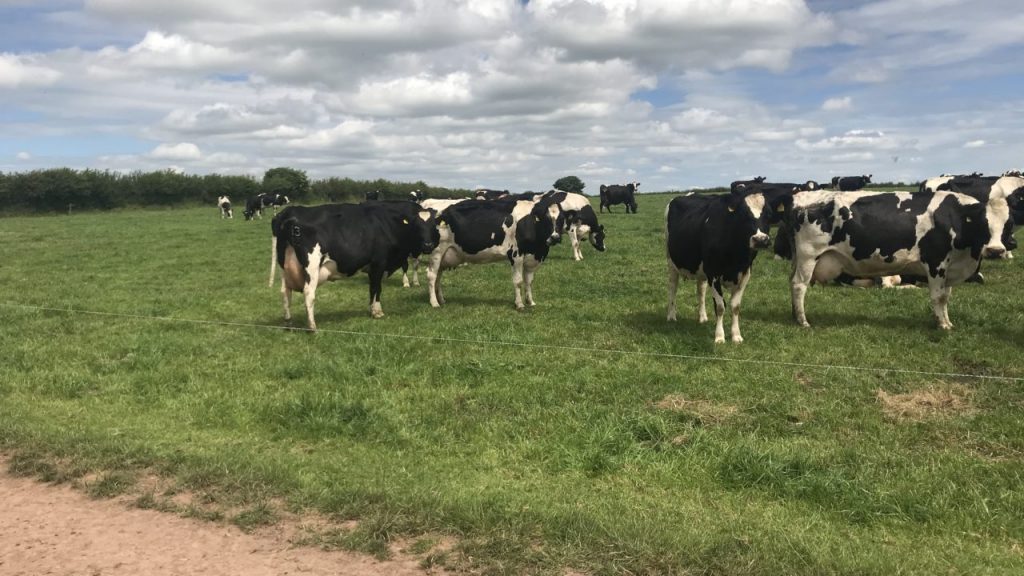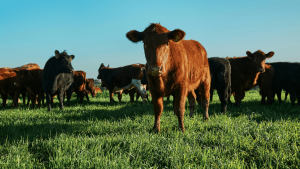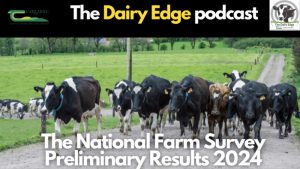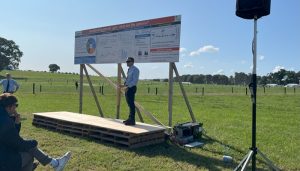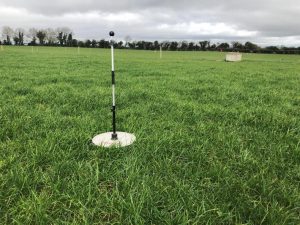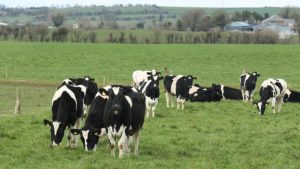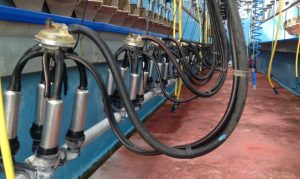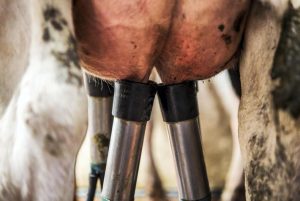
It is no secret that there has been substantial structural changes on Irish dairy farms in the last number of years. This was highlighted in The Teagasc National Farm Survey 2023.
The survey states that the overall average income of the 15,319 dairy farmers represented in the survey stood at €49,432 in 2023.
This drop in income translates to a 69% or a €108,000 decrease when compared with the average income recorded for the sector in 2022, which was €157,591.
This decrease in income can be put down to poor milk price, stubbornly high cost of production and a subtle decrease in milk production due to the unsettled weather.
In general, there has been a steady increase in the average volume of milk produced since milk quotas were abolished in 2015, but 2023 saw that trend go in a negative direction.
Milk production
When it comes to milk production over the last number of years, there has been an upward trend with the odd bit of volatility due to poor weather or periods of poor milk price.
2023 saw a decrease in production due to an accumulation of higher costs of production, lower milk price and adverse weather conditions.

The average volume of milk produced per hectare in 2022 declined by 4% to 11,669 L and overall total milk production was back by 4% in 2023.
A decrease of 1% was seen in dairy farm utilised agricultural area (UAA) in 2023 to 64.6ha, with average milk yield per cow dropped by 5% to 5,461 L.
Structural changes
The average dairy stocking rate which is livestock units per hectare remained stable in 2023 at 2.13LU/ha.
The average dairy herd size since 2013 has risen from 64 cows to 95 cows per farm by 2023. This associated increase in total livestock units is evident across regions, with additional animals retained as replacements as herd size increased.

Dairy farm UAA decreased marginally from 65.2ha to 64.3ha in 2023 with the amount of area designated for dairy forage decreasing by 3% to 44ha, on average.
The survey showed that almost eight in 10 dairy farmers are renting in some land, with the proportion trending upwards in recent years.
This could be down to the introduction of the nitrates banding or because of the frequency of fodder shortages in recent years.
The proportion of tillage farmers renting in land has been generally in decline over the same period as the demand for rental land may be affected by factors such as year-on-year price and weather volatility.

price paid (per ha.) 2018 – 2023. Source: Teagasc National Farm Survey 2023
The increase in rental land has been well documented in recent years with the differential between the price paid for dairy and tillage land closing in recent years with limited supply.
The average rental price paid per hectare by dairy farms in 2022 was €520, surpassed by the price of Tillage land at
€557.
You can now read the most important #news on #eDairyNews #Whatsapp channels!!!
🇺🇸 eDairy News INGLÊS: https://whatsapp.com/channel/0029VaKsjzGDTkJyIN6hcP1K
